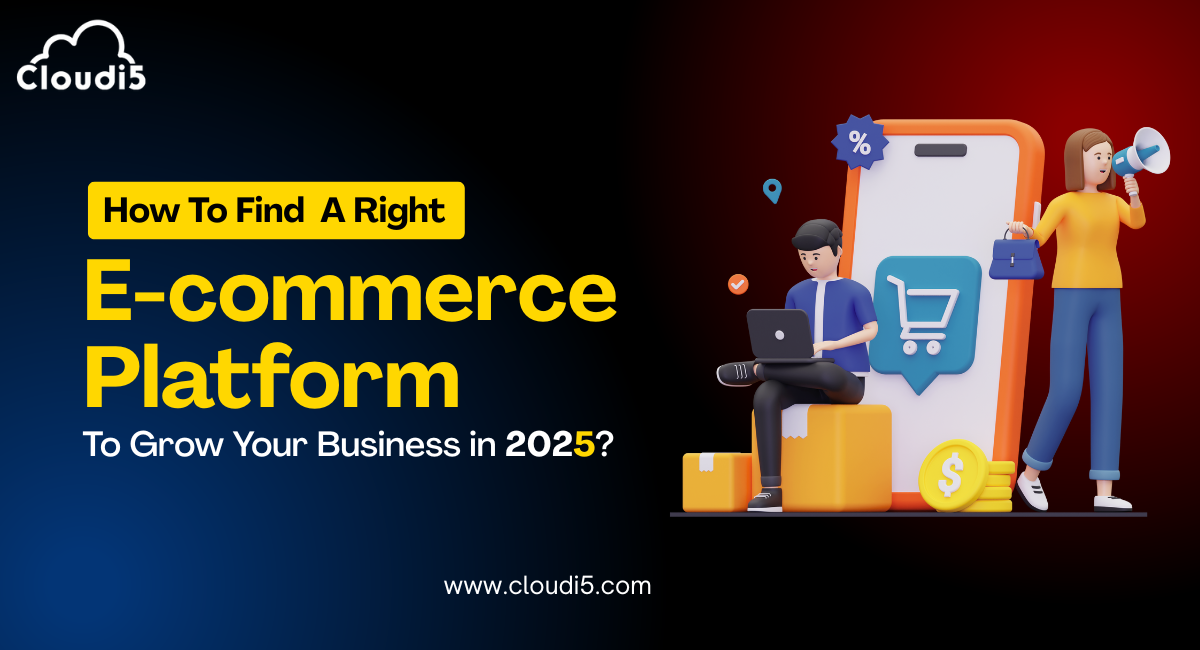
Software As A Service-How To Build A SaaS Product?
What is SaaS?
A software program provided as a service through the internet is known as a software as a service (SaaS) product. Instead of installing the software on their own computers or servers, users access it through a web browser or a specific interface. Users often pay a subscription fee to access and utilize the program, which is hosted and maintained by the provider. Products that are offered as a service (SaaS) include advantages, including accessibility from anywhere, scalability, affordability, automated updates, and integration capabilities.
Steps to Build a SaaS Application from Scratch
Understand Market Need And Define SaaS Product
Understanding market needs and defining your SaaS solution is an important first step toward creating a successful service. You can acquire useful insights into the issues and challenges that your target customer faces by conducting rigorous market research, assessing competitors, and gathering user feedback. Following that, identifying your product's primary features and developing a distinct value proposition will allow you to differentiate your SaaS product in the market while also effectively addressing the stated need. By taking these steps, you increase the chances of developing a compelling SaaS product that meets customer demands and stands out in a competitive landscape.
Plan And Build SaaS Product
It is essential to construct a comprehensive roadmap outlining the development procedures and timetables when your SaaS product is still in the concept and design stages. This includes establishing the development team's technological stack, figuring out what resources are required, and assigning roles and tasks. Additionally, performing usability tests and implementing user feedback at this stage may considerably improve the entire user experience and guarantee a smooth product design.
Choosing The Right Stack For Your SaaS Product
When selecting your SaaS product's technology stack, consider factors such as programming languages, frameworks, databases, and cloud platforms. Select technologies that meet your requirements, scalability requirements, and team expertise. Check that they can manage high user loads, integrate smoothly, and provide assistance.
Creating a Minimum Viable Product (MVP)
Build a Minimum Viable Product (MVP) that simply has the main functionality required for validating your product concept to jump-start your development process. You may develop your SaaS solution by gathering useful customer feedback and insights by publishing an MVP. Adopt agile development approaches to ensure a quick and iterative approach to product development by dividing the development down into manageable sprints and iterations. This makes it possible for you to iterate rapidly, adjust to user demands, and provide additional value with each cycle of development.
Implement User Management, Authentication And Billing
Ensure the security of your SaaS product by developing robust user registration, login, and authentication systems. Implement encryption and secure access controls to protect user data. Integrate a reliable payment gateway to handle seamless transactions, manage subscriptions, and efficiently process upgrades or cancellations. These essential features will instil trust in your users and provide a seamless experience throughout their journey with your SaaS product.
Develop Essential Feature And Main Quality
Prioritize the creation of essential functionality that provides the most value to your users. Focus on establishing an integrated user experience through intuitive interfaces and responsive design. To guarantee excellent quality and dependability, thoroughly test your SaaS solution, including unit tests, integration tests, and user acceptance testing. You may create an effective and user-friendly SaaS solution by focusing on critical features and adhering to quality standards.
Optimize Deployment And Enhance User Experience
Select a trusted hosting provider, set up scalable infrastructure, and implement robust backup and monitoring protocols. Continuously gather user feedback, analyze analytics, and monitor user behaviour to drive data-driven enhancements. Regularly release updates and iterate on your SaaS product for an optimal user experience and to meet evolving market demands.
Provide Exceptional Customer Support
Create a seamless customer support experience by implementing accessible channels like a knowledge base, ticketing system, live chat, or email support. Prioritize timely responses and provide effective solutions to address user inquiries and concerns. By prioritizing exceptional customer support, you can cultivate user satisfaction, foster loyalty, and establish strong relationships with your SaaS product users.
Types Of SaaS Application
There are various types of SaaS applications available to cater to different business needs. Some common types include:
- Customer Relationship Management (CRM) SaaS
- Project Management SaaS
- Human Resources (HR) SaaS
- Collaboration and Communication SaaS
- Accounting and Financial SaaS
You may also like: why CRM software is important for every business?
Successful SaaS Providers
Some successful SaaS providers are:
- Salesforce
- Microsoft
- Adobe
- Oracle
- Slack
- Zoom
- Atlassian
- HubSpot
- Shopify
- Zendesk
Benefits Of SaaS Applications
Here are the key benefits of SaaS applications:
- Cost-effectiveness
- Scalability and flexibility
- Accessibility
- Automatic updates and maintenance
- Integration and compatibility
- Reliability and security
- Enhanced collaboration
How Does SaaS Product Make Money?
SaaS products make income using a variety of monetization techniques, such as:
- Subscription Model
- Usage-based Pricing
- Tiered Pricing
- Freemium Model
- Advertising Revenue
- Add-Ons and Upgrades
- Professional Services
Conclusion
Through careful planning, efficient development, and continuous improvement, you can establish a strong foundation for your SaaS product's success. Prioritize user needs, focus on delivering a seamless user experience, and be responsive to user feedback. With dedication and a customer-centric approach, your SaaS product can thrive in the competitive market, providing exceptional value to your users.
Trusted By












Leave Comments